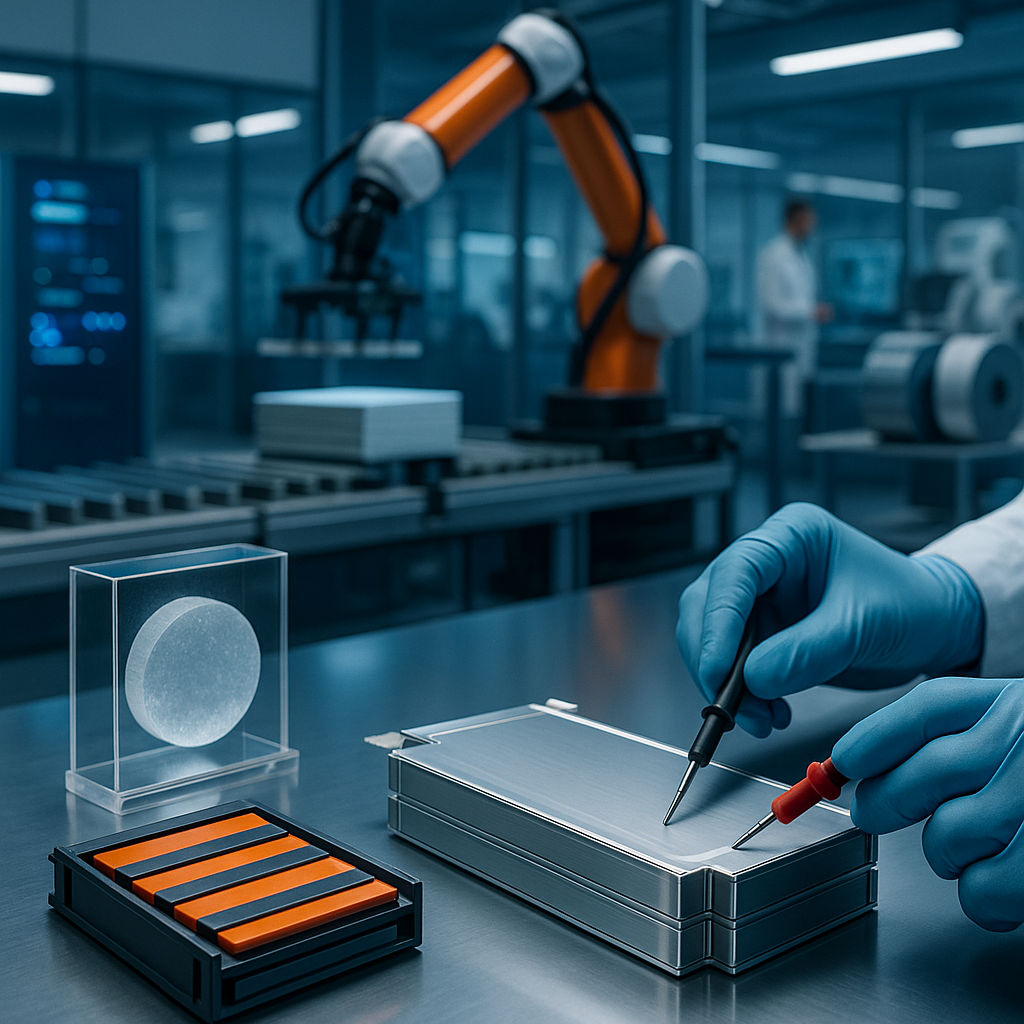Closing Perspectives
Optimists will call QuantumScape’s 95% energy retention after 1,000 cycles the long-awaited proof that solid-state lithium-metal cells can meet real-world demands; skeptics will counter that “room temperature and modest pressure” still leaves open questions about fast charging, cold-weather performance, abuse tolerance, and multilayer yield at scale. Semi-solid advocates will hail BAK’s <10% liquid electrolyte and 300–400 Wh/kg as the pragmatic bridge that actually ships, while purists argue it compromises the “all-solid” safety and simplicity narrative. Cost hawks will cheer Nissan’s ~$75/kWh dry-electrode target, yet manufacturing veterans will point to capex, tool uptime, and formation/QA bottlenecks that routinely turn lab economics into factory mirages. And the electrolyte community will celebrate 2.02 mS/cm amorphous conductors as a universal design path, even as supply-chain realists note that materials complexity (hello HfCl4) can strangle otherwise brilliant chemistries. The provocative take: if independent OEM testing doesn’t corroborate durability under aggressive duty cycles and at scale, “solid-state” risks becoming the next perpetually-five-years-away technology—only this time with far higher expectations and capex.
From these tensions, a more surprising conclusion emerges: the decisive breakthroughs may be manufacturing architectures, not chemistries. Dry coating, in-situ solidification, and amorphization-tolerant interfaces are converging on the same outcomes—less volatile content, higher areal loading, faster lines, and simpler thermal management. The market winner may be a hybrid stack that blurs “solid,” “semi-solid,” and “dry” labels, judged by cost-per-safe-cycle-per-liter rather than kWh alone. If QuantumScape’s format-consistent results hold, BAK’s semi-solid scales as a bridge, and Nissan’s cost targets land within 20%, EV design could flip: thinner structural packs, fewer fire-mitigation compromises, and fleet economics that beat diesel on total uptime. The counterintuitive insight is that the solid-state era may arrive not with a single chemistry moonshot, but with a quiet process revolution—where yield analytics and interface control, more than ionic conductivity records, pull commercialization forward by years.
